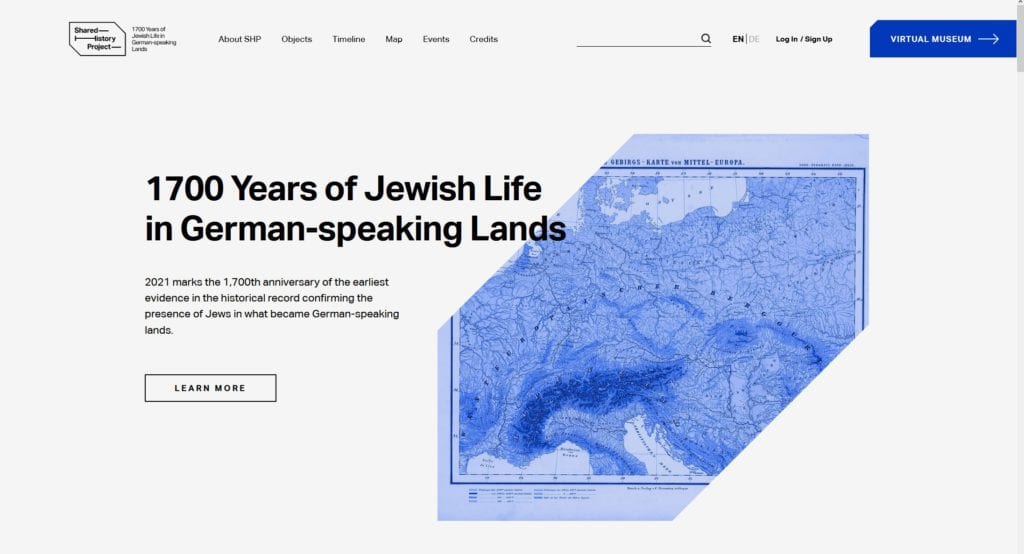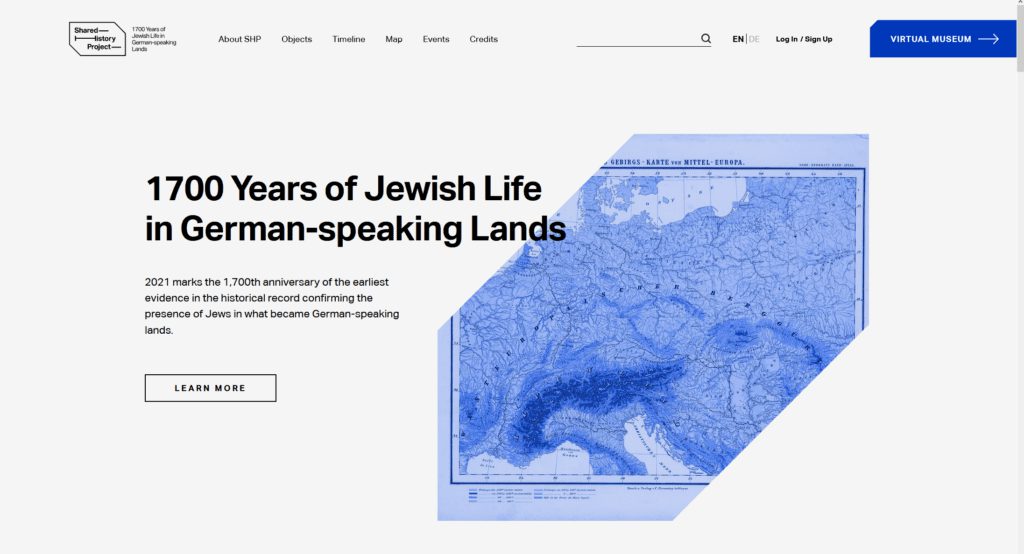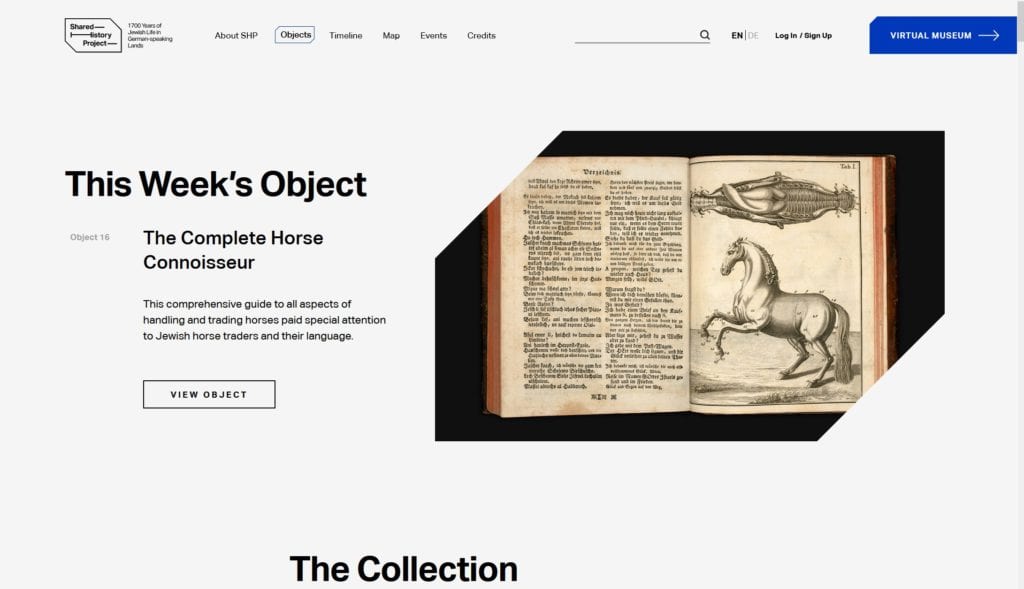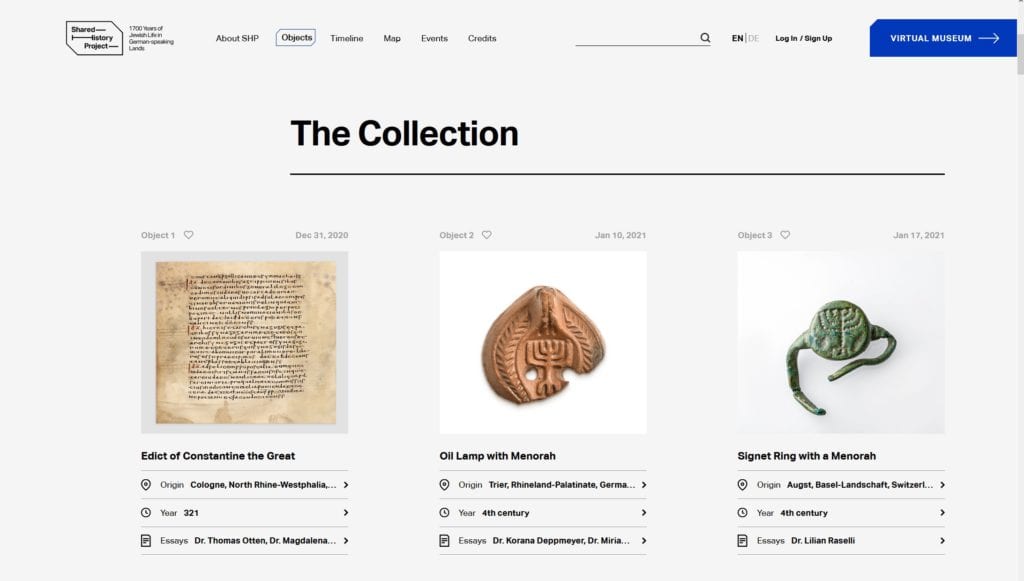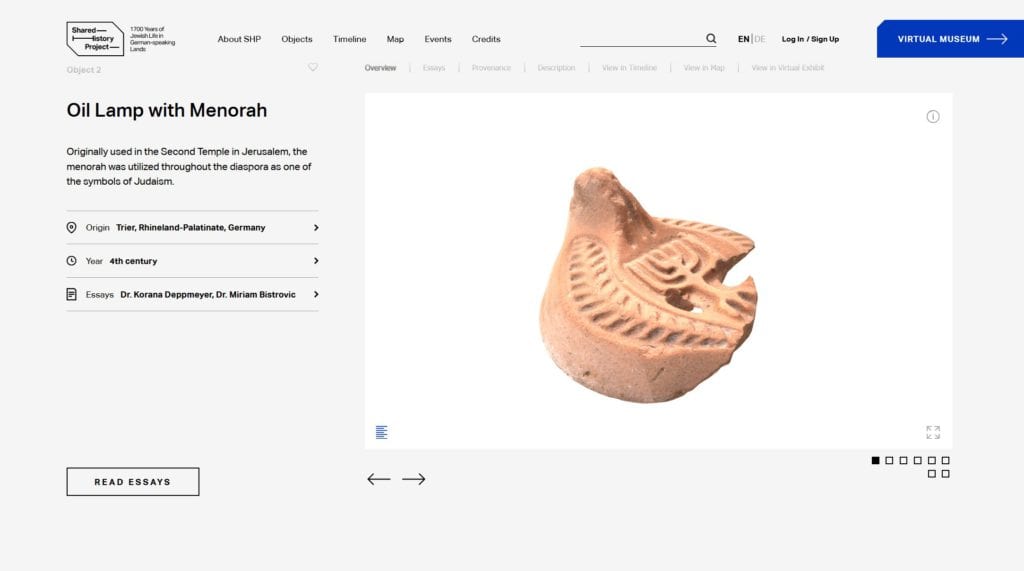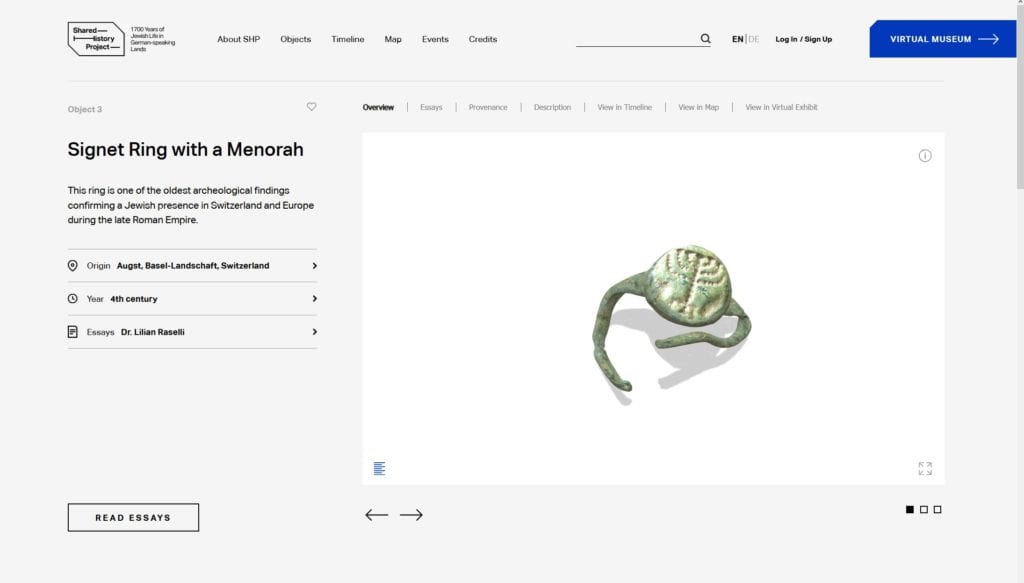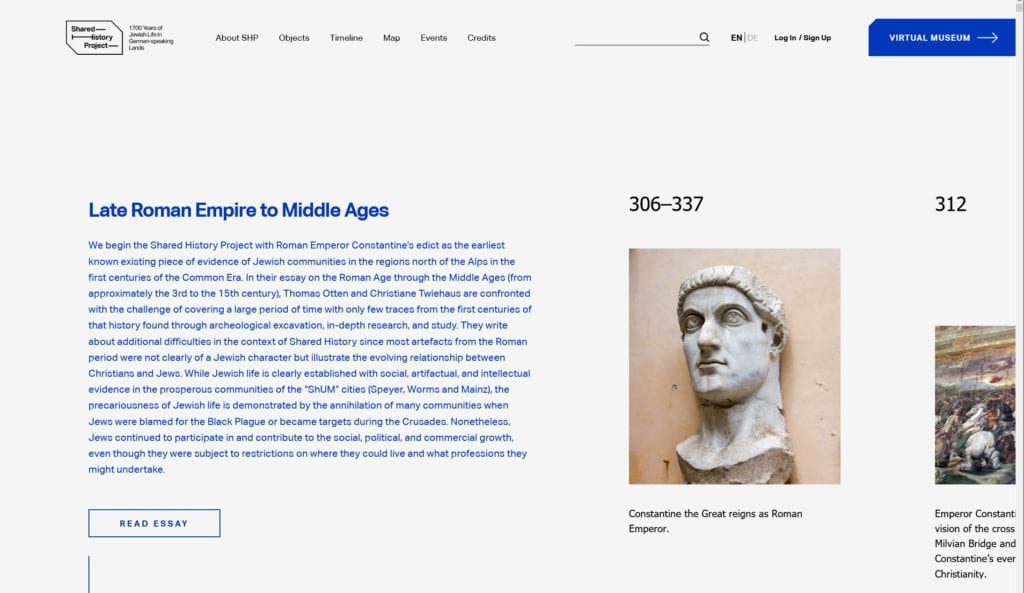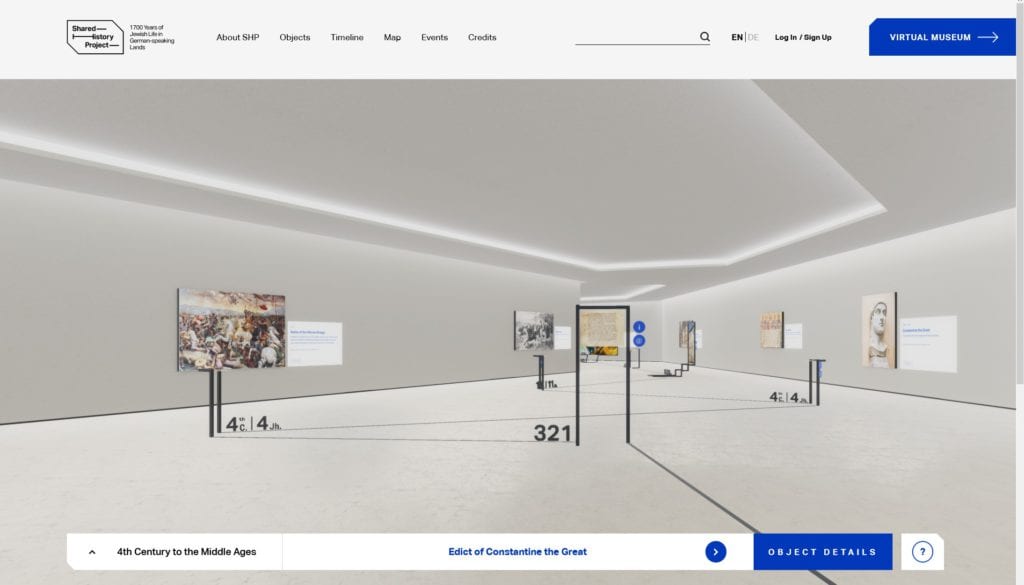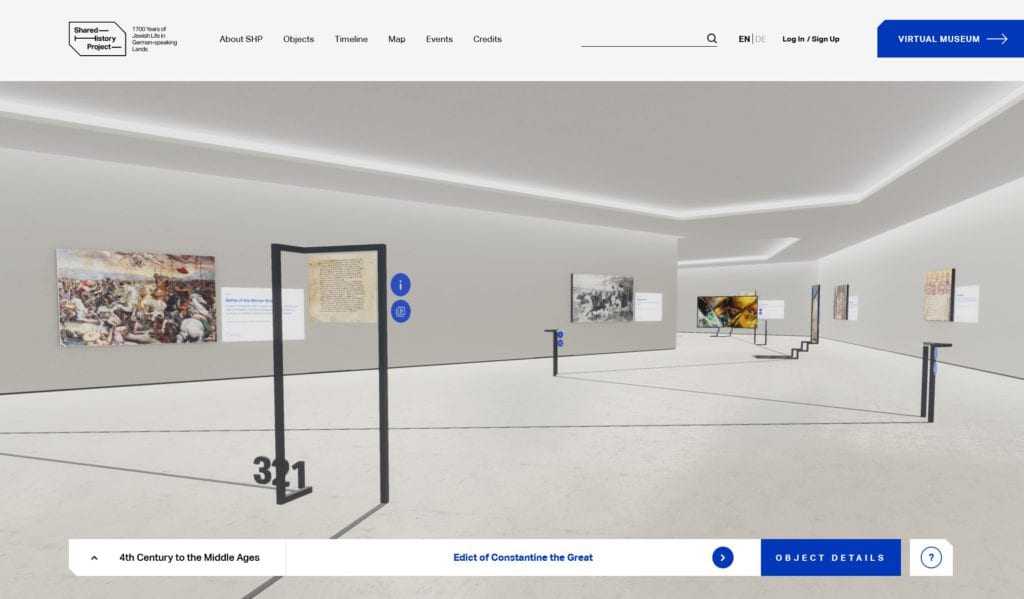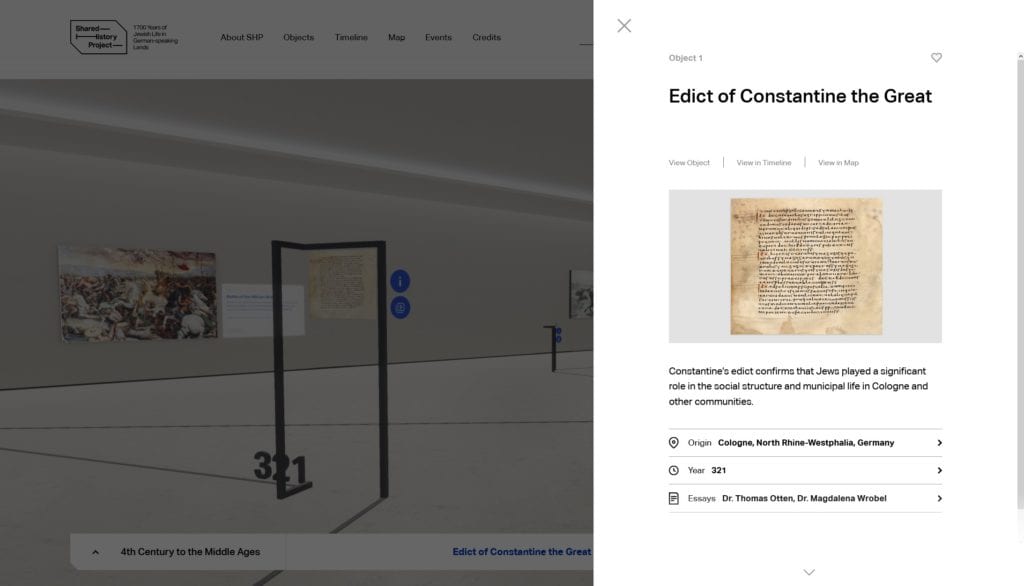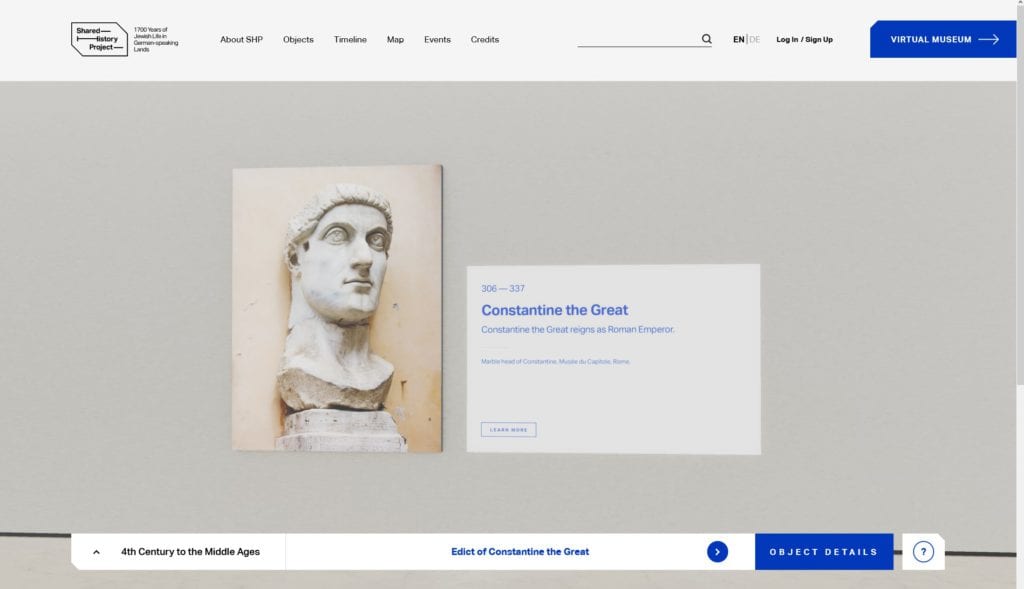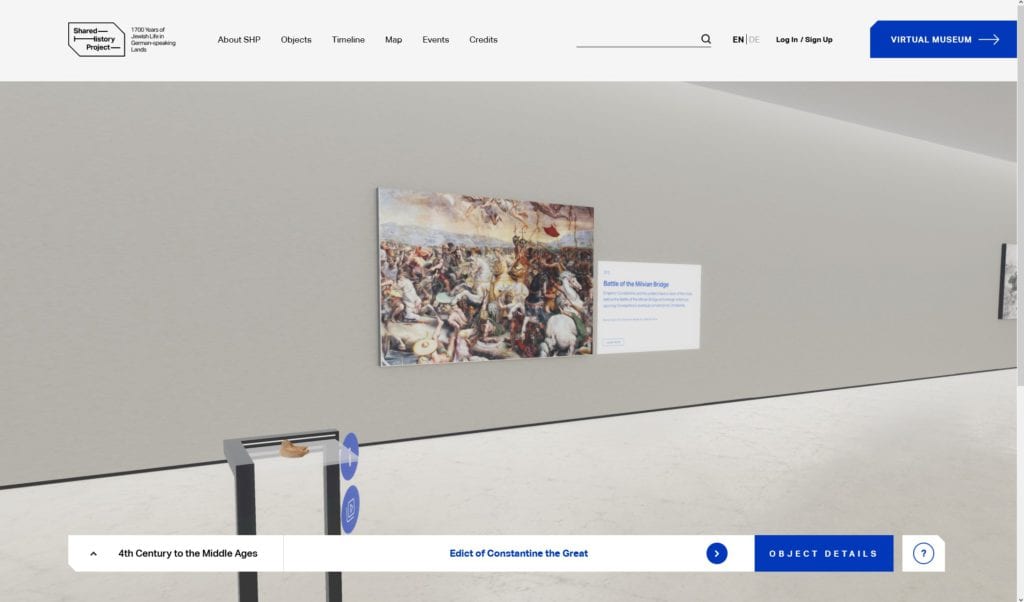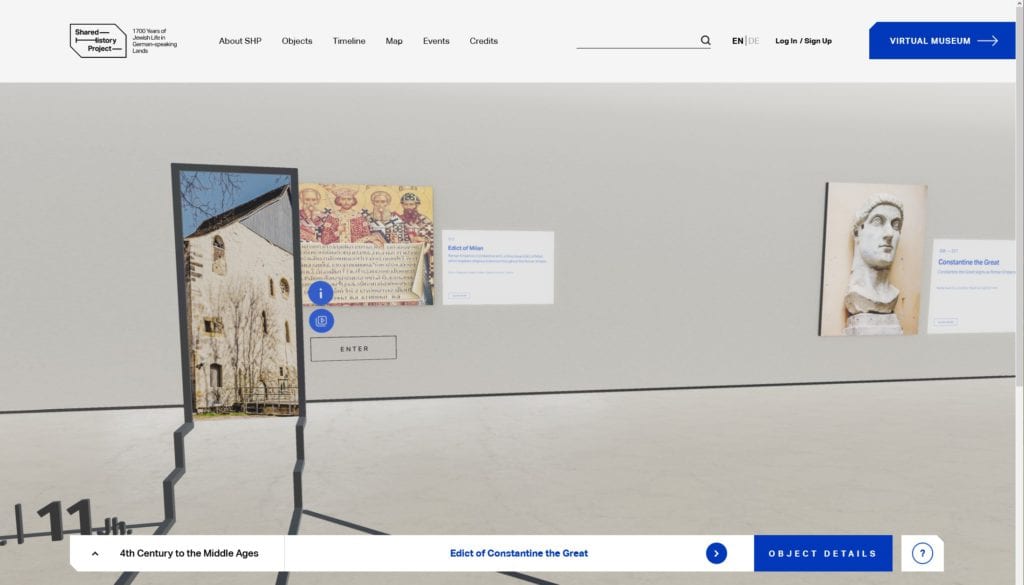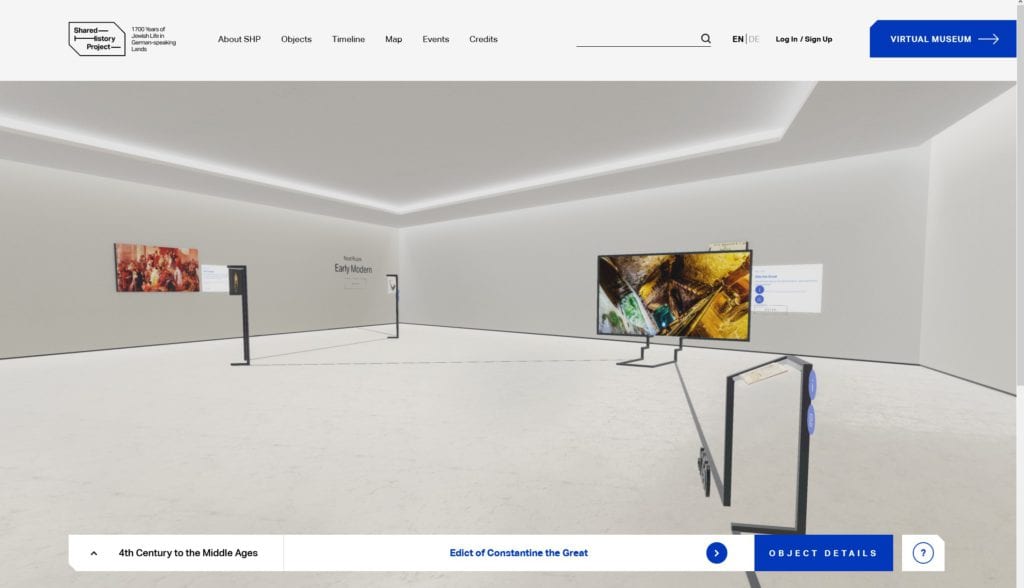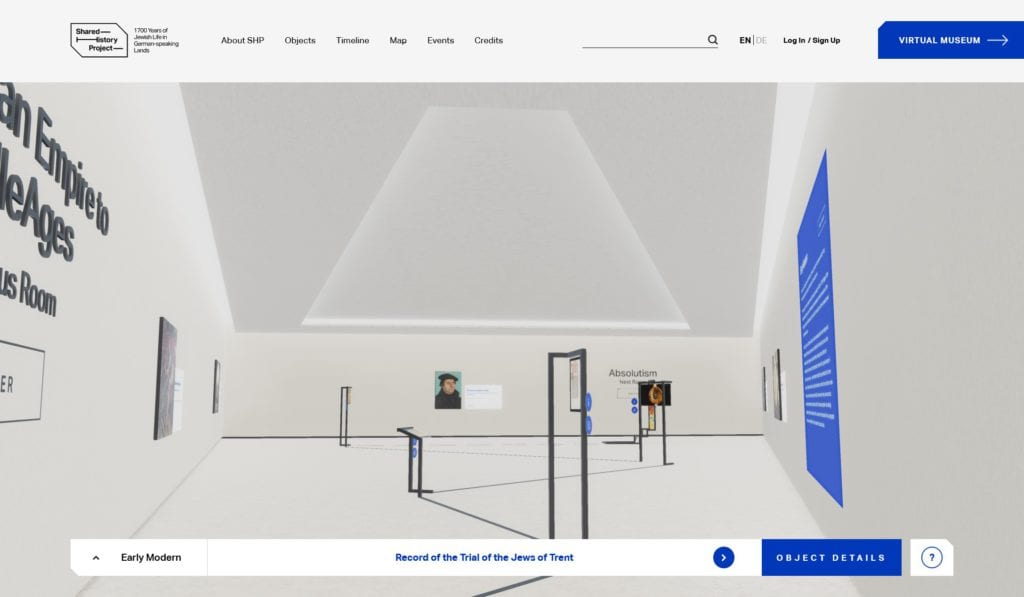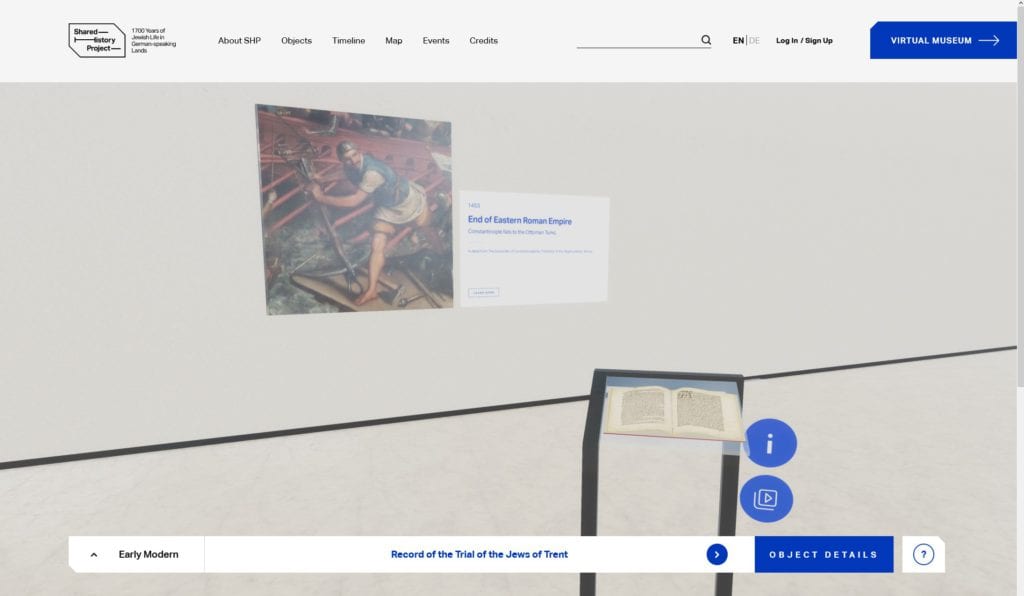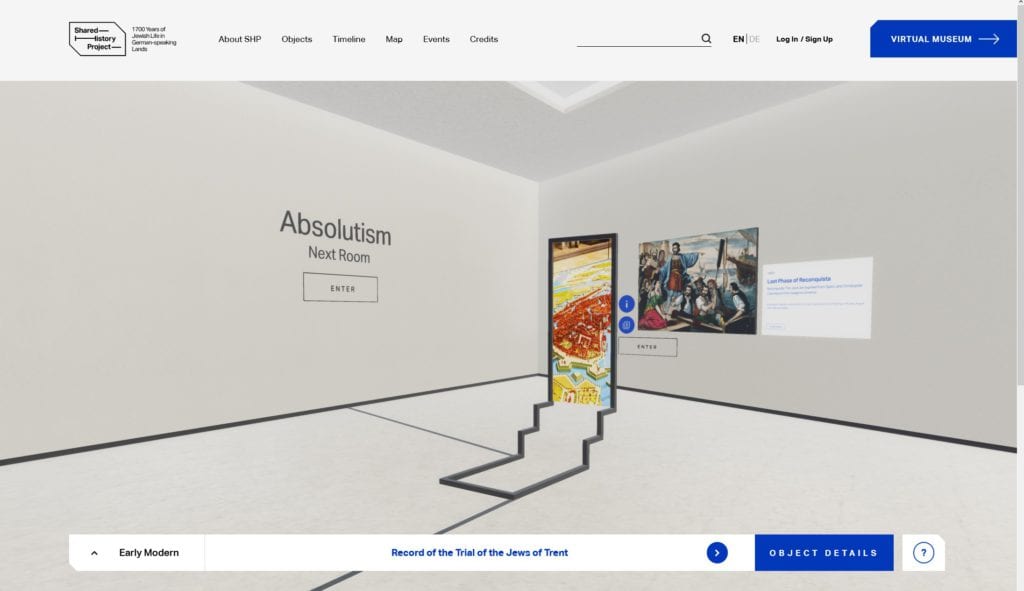The Leo Baeck Institute was founded in 1955 by leading German-Jewish émigré intellectuals including Martin Buber, Max Grunewald, Hannah Arendt and Robert Weltsch, who were determined to preserve the vibrant cultural heritage of German-speaking Jewry that was nearly destroyed in the Holocaust. They named the Institute for Rabbi Leo Baeck, the last leader of Germany’s Jewish Community under the Nazi regime, and appointed him as the Institute’s first President, overseeing independent centers in New York, London, and Jerusalem. LBI – New York is a founding partner of the Center for Jewish History in Manhattan and maintains an office in Berlin and a branch of its archives at the Jewish Museum Berlin. LBI is committed to preserving and expanding access to this rich body of material, and it has digitized millions of pages of documents, books, and artworks from its collections—from rare Renaissance-era books to the personal correspondence of luminaries and ordinary people alike. LBI also promotes the study and understanding of German-Jewish history through its public programs, exhibitions, and support for scholars.
The LBI Shared History Project will use 58 objects presented chronologically to create a multifaceted historical narrative. From the earliest evidence of a Jewish presence in the Roman provinces of the Rhineland to contemporary Germany and Austria, the project tells the story of the complex coexistence of Jews and non-Jews in German-speaking lands over 1,700 years. Each object will illustrate the ways in which Jewish history and everyday life was and still is deeply interwoven with the peoples, regions, and countries of Central Europe. The goal of the Shared History Project is to convey the relevance of historical events to the present and make history useful in educational settings and intercultural contexts. Furthermore, the project also aims to contribute an educational resource that uses objects to teach history while countering historical ignorance and distortions of history.
LBI leads the way in leveraging the latest in 3D and virtual reality tech to visualize art in a digital form and chose the German 3D technology firm ZREALITY 360 Design, a New York based Design agency to create the project website and immersive experience. In the past LBI was only able to preserve art in form of text, pictures, and videos. With 3D technology LBI was able to create a global virtual art gallery which showcases all art pieces in one “Virtual Museum”, even though the objects are distributed across the globe therefore making them available to anyone, anywhere easily.
Therefore, LBI conceived a website which acts as library for art objects and showcases them in form of an innovative timeline, context or location search. Many art objects were scanned and converted into 3D objects with the help of photogrammetry technology to capture all features on a very high detail level. The art objects are then accessible via the website by opening a 3D viewer in which the user can take a close look at all aspects of an art piece by zooming or rotating around the object. Users can download the 3D objects also into their home with AR technology. In many locations 360 degree recording allow a visitor to jump to a location and explore it in a 360 degree videos or images. The centerpiece of the website though is a beautifully designed 3D art gallery available for Virtual Reality headsets, PCs and Touch Devices, in which visitors of the project can walk through a real exhibition. They can learn more about the project and view the art pieces as if they would walk through a virtual museum and make a travel through time by starting with the first objects discovered in history to the present. Each week for the coming year new art objects will be revealed and their story told.
“Its amazing to be able to walk through a museum, which brings art together in one virtual space. Normally I would have to travel across the globe to dozens of locations and galleries to see them all”, says Michael Neidhöfer, CEO of ZREALITY. “This is like touching the future on how humans can experience art independent from location and time.”
“The virtual art gallery is a completely new concept we introduced, which is not only targeted at the common visitor of a museum. The website acts as a central library with many search functions but focused on creating a real experience leveraging 3D and Virtual Reality technology, says Ronnie Peters, Owner of 360 Design. It opens new possibilities in education as well. For example, children can easily project a 3D art objects into their classroom or use VR headsets to realistically see all aspects of an object you are just not able to explain with text and pictures only.”
Learn more about the project here:

